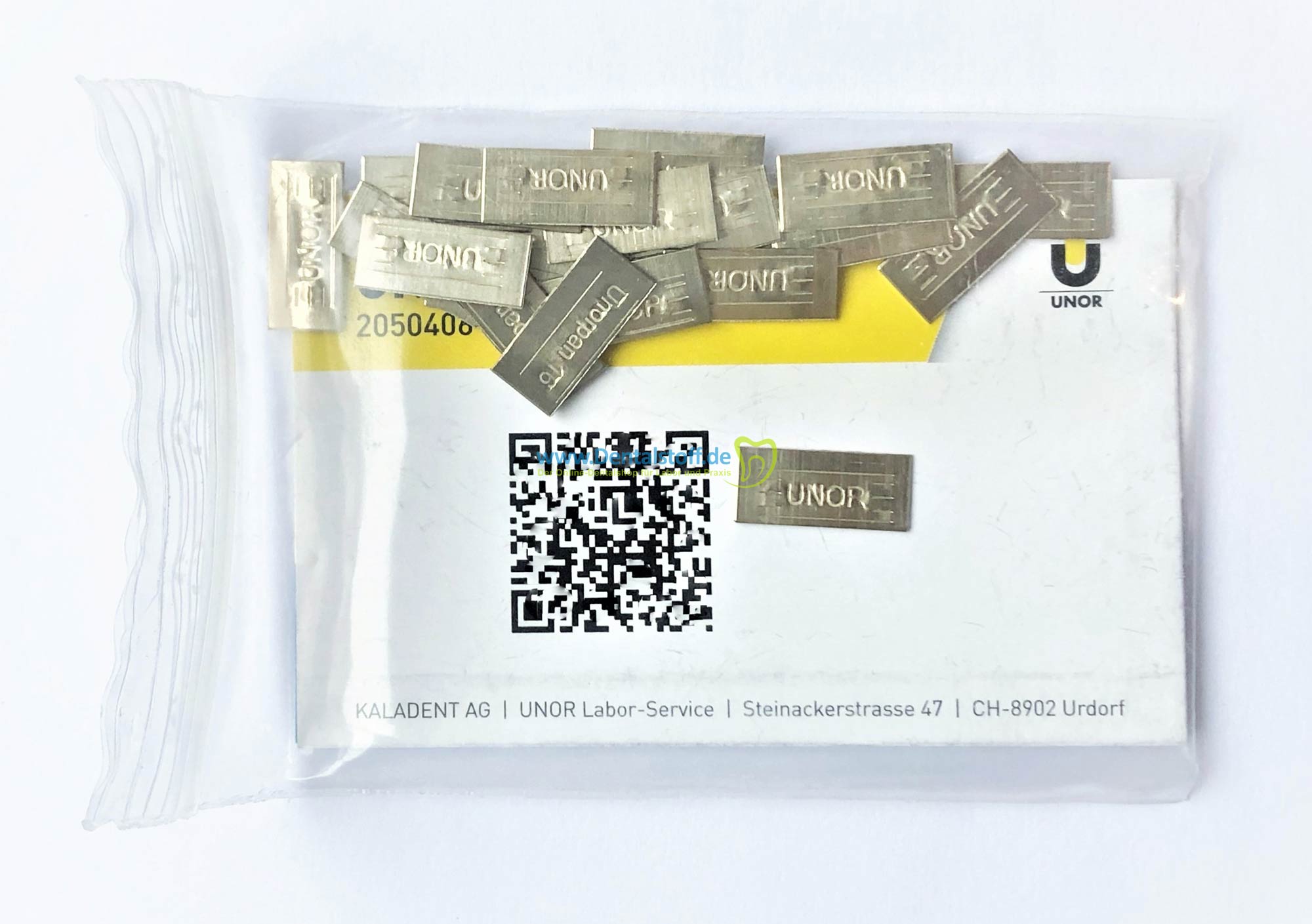
The corrosion properties of the Co–Cr alloy and the Be-containing Ni–Cr alloy (ChangPing) were not significantly affected by the firing process.

After firing, the corrosion rate of the Be-free Ni–Cr alloy (Stellite N9) increased significantly, which corresponded to a reduction in the levels of Cr, molybdenum (Mo), and Ni in the surface oxides and to a reduction in the thickness of the surface oxide film. In both as-cast and fired conditions, the Co–Cr alloy (Wirobond C) showed significantly more resistance to corrosion than the two Ni–Cr alloys. After firing, similar alloy specimens were examined for the same properties. Before porcelain firing, the microstructure, surface composition and hardness, electrochemical corrosion properties, and metal-ion release of as-cast alloy specimens were examined. This study evaluated the corrosion behaviour and surface properties of a commercial cobalt–chromium (Co–Cr) alloy and two nickel–chromium (Ni–Cr) alloys before and after a simulated porcelain-firing process. Corrosion behaviour and surface analysis of a Co–Cr and two Ni–Cr dental alloys before and after simulated porcelain firing. Qiu J, Yu W-Q, Zhang F-Q, Smales RJ, Zhang Y-L, Lu C-H. Of these solutions, only the 1 mmol l(-1) Cu(2+) solution was graded as slightly irritating.

The irritation potential of the electrolyte of the oxidized gold alloy with a high concentration of metal elements was also investigated. The irritation potentials of some metal ions found in the electrolyte were investigated by performing the hen's egg test-chorio-allantoic membrane (HET-CAM) procedure with 1 mmol l(-1) solutions of Ce(3+), Co(2+), Cu(2+), Zn(2+), Fe(2+), and Ti(4+) ions. Corrosion of the titanium and alloy surfaces was related to the condition of the specimen. The greatest amounts of released metal ions were found in the electrolytes of the oxidized gold alloy and of a cobalt alloy not exposed to high-temperature oxidation. The alloys and titanium were subject to static immersion in a 0.1 mol l(-1) solution of saline lactic acid before and after oxidation, hence simulating the temperature cycles for the application of ceramic to metal.

The aim of this study was to investigate recent developments and "classic" alloy compositions (one iron and two cobalt alloys, unalloyed titanium and an experimental titanium-zirconium alloy, and one gold alloy containing copper and zinc). alloys probably unknown in Western-European dentistry. The expansion of the European Union is bringing new types of metal-ceramic alloys to the market, i.e.


 0 kommentar(er)
0 kommentar(er)
